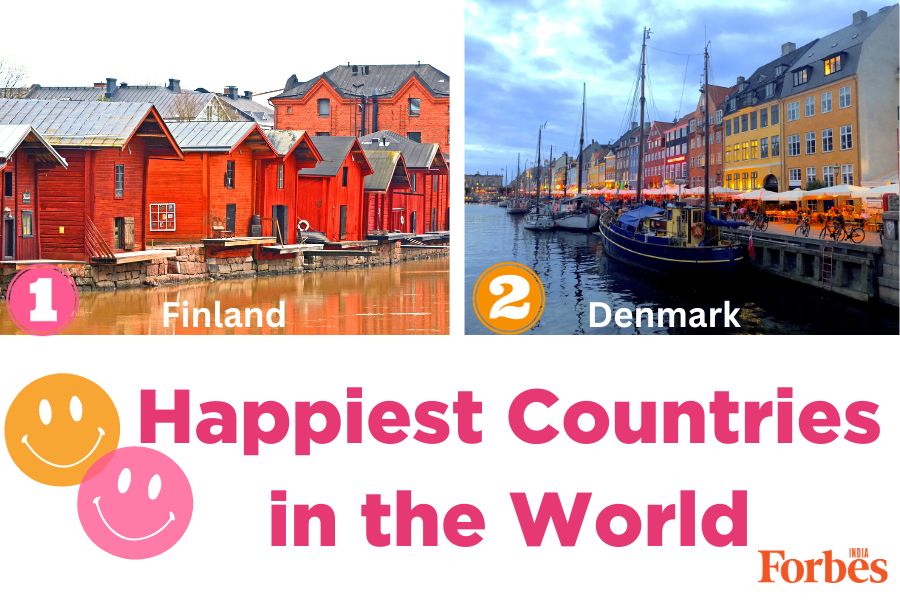
Top 20 happiest countries in the world in 2024
Let's explore the World Happiness Report 2024 and the secrets behind the happiest countries in the world, and also take a look at those at the bottom

In a world filled with diverse cultures, landscapes, and traditions, pursuing happiness is a universal endeavour. We all yearn for joy, contentment, and well-being. The pursuit of happiness is not just a preference; it's a fundamental part of being human.
Estimating a country's happiness provides valuable insights into the well-being of its citizens. It helps governments, policymakers, and organisations understand the factors that contribute to people's contentment and identify areas that may need improvement. These rankings can influence the allocation of resources and the development of policies that promote the overall quality of life.
Additionally, the metric offers a broader perspective on a nation's success, moving beyond economic indicators to consider the social and emotional aspects of its population. Bhutan, for example, has been a pioneer in valuing happiness more than economic development. It measures the Gross National Happiness of its citizens rather than relying on economic metrics to judge the country's prosperity. Ultimately, measuring and ranking happiness is essential for creating a more holistic and people-centred approach to societal progress.
So, which are the happiest countries in the world? What makes some nations consistently rank higher on happiness scales than others? Let’s find out.
Also Read: Top 10 most peaceful countries in the world







